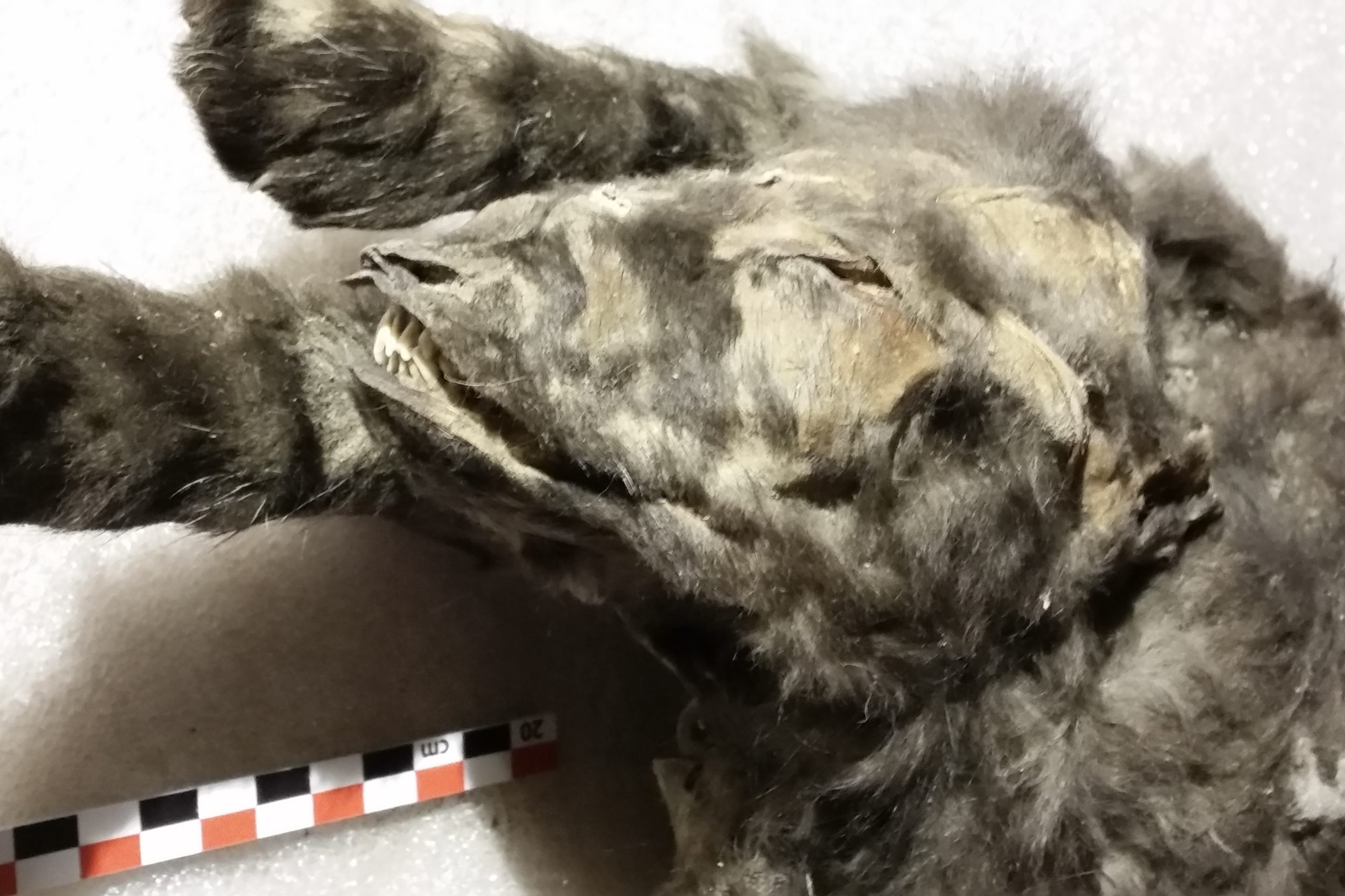Now Reading: Ice Age Wolves Found with Woolly Rhino Remains in Their Stomachs
-
01
Ice Age Wolves Found with Woolly Rhino Remains in Their Stomachs
Ice Age Wolves Found with Woolly Rhino Remains in Their Stomachs

Quick Summary
- Revelation: Two frozen “tumat Puppies,” found in Siberia (2011 and 2015), date back approximately 14,000 years.
- Analysis Details: New research confirms thay were wolves,not early domestic dogs,based on bone,tooth,and soft tissue examination.
- Diet Findings: Their stomach contents reveal a varied diet of animal meat (including woolly rhinoceros calf), plant life (grass, twigs), and mother’s milk-more consistent with wolves than domestic dogs.
- Habitat Insights: Wolves appeared larger during teh Ice Age than today and hunted large prey like woolly rhinoceroses. The pups lived near a human butchery site strewn with mammoth bones but did not rely on humans for food.
- Kinship Discovery: The two pups were siblings-sisters about two months old when they died due to a landslide in their den.
Indian Opinion Analysis
The confirmation that the “Tumat Puppies” were wolves contributes important insights into Ice Age ecosystems and wolf evolution over millennia while dispelling earlier speculation about domestication links to humans at such an early period of history.For India, where ancient archaeology remains key to understanding Himalayan Ice Age ecosystems and prehistoric fauna like woolly mammoths or rhinos that once roamed parts of Asia including northern borders, this finding encourages further cross-border paleontological collaboration utilizing advanced genetic tools similar to those employed in this study. India’s vast diversity presents opportunities for deeper exploration into regional prehistoric fauna dynamics relative to global findings from sites like Siberia.




























